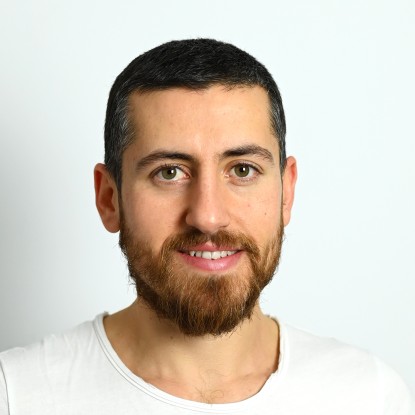M.Sc. Mahmut Doğrudil
Working area(s)
Contact
dogrudil@rsm.tu-...
work +49 6151 16-28754
fax +49 6151 16-28900
Work
L6|01 113
Otto-Berndt-Str. 3
64287
Darmstadt
- Underexpanded jets
- Hydrogen combustion
- Laser diagnostics
It is well known that CO2 emissions are increasing day by day and pose a significant threat to the environment. One of the precautions that can be taken against this is the use of hydrogen instead of hydrocarbon fuels. In this context, the main focus of the CFD4H2 project is to develop the understanding and modeling of H2 direct injection engines, especially in heavy duty vehicles. In order to achieve this, several sub-objectives have to be investigated. First, for better understanding, supersonic H2 injection under atmospheric conditions will be studied in detail using Background-Oriented Schlieren (BOS), which allows characterization of the jet topology and mixture formation. In addition, Raman/Rayleigh scattering methods are performed to measure local species concentrations and gas temperatures for a deeper perspective. On the other hand, the diffusivity of H2 causes remarkable differences in the flame structure compared to hydrocarbons. The difference in diffusivity plays a crucial role in the study of thermodiffusive and hydrodynamic instabilities as well as turbulence-chemistry interactions. Therefore, these phenomena as well as NOx emissions in lean H2 combustion are studied by laser-induced fluorescence (LIF) and particle image velocimetry (PIV). The results and models developed based on the knowledge of mixture formation and turbulent H2 combustion will be applied to an optically accessible engine to study the mixing field, turbulent flow and flame propagation in the real engine process. At the end, it is desired to serve a good modeling and better understanding of H2 combustion in direct injection engines.


